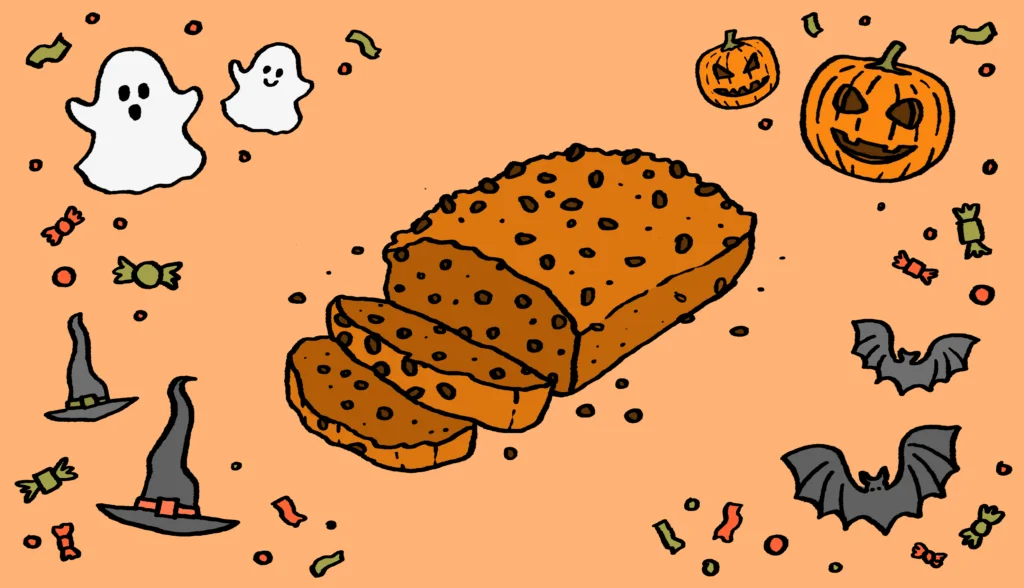Did you know recipes are one of the hardest things to localize?
Take pumpkin bread for example.
Recently, we had a team monthly cooking class. It was a remote cooking class with Lokalisers from Latvia, Italy, France, Spain, and the U.S. Remote cooking classes…That’s a story for another time. Let’s just say, the batter consistency differed across the hemisphere.
Going back to the recipe.

For our non-American residents, it was impossible to find canned pumpkin purée.
In the U.S. pumpkin is “kind of a big deal” in fall (Autumn, for non-Americans), so you find canned pumpkins in every grocery store (supermarket).
Americans will spend the entire fall eating pumpkin pie, pumpkin cookies, pumpkin bread, pumpkin mac n cheese, pumpkin pancakes… Pretty much, pumpkin everything.
Even Starbucks has a pumpkin spice latte on the menu, which is so popular that you now find it in summer too.
While pumpkins start rearing their scary orange heads around Halloween in Europe, pumpkin-filled recipes are not as popular as they are in the States.
And finding canned pumpkin puree is like winning the Euromillions, and then spending it in one go.
In Europe, the price of canned pumpkin puree is a hard pill to swallow, as one Reddit user suggested:
“I have found it on amazon.de for about $9 for a 15oz can (425mg) or $17 for three 15oz cans. That’s kind of expensive. I am wondering if I want to swallow that pill, getting my canned pumpkin fix from there, or if there are cheaper options in a store near you!”
Lokalisers in Europe decided to puree their own pumpkin or butternut squash instead.
Some couldn’t find baking powder, so instead opted for bicarbonate sodium…bi-sodium carbonate… or was it sodium carbonate?!
Brittany, our American resident and baking instructor for the day, used pumpkin spice, which is a blend of ground cinnamon, nutmeg, ginger, cloves, and allspice.
To keep it simple over the pond, Lokalisers stuck to nutmeg, cinnamon, and ginger.
Localizing recipes may sound like fun but it’s pretty hard. You have to think about metrics, readily available ingredients in each country, and names of ingredients that differ from one country to the next. Like baking soda, also known as sodium bicarbonate.
There’s so much to think about that translating a recipe is a science in itself. Luckily, Brittany made things a little easier on us and converted ounces and cups to grams and ml.
The results? We’ll let you vote!






